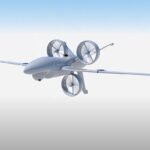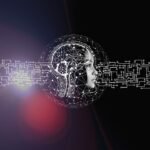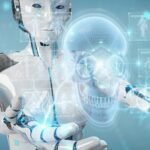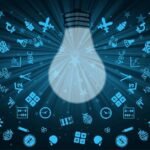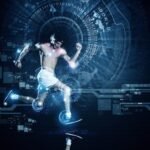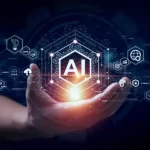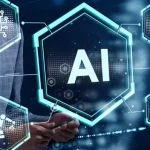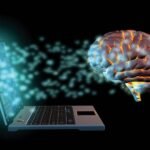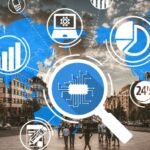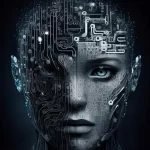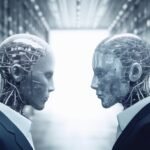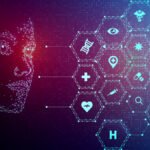Demystifying Machine Learning
Machine Learning (ML) is a buzzword that has permeated various aspects of our lives, from recommendation systems and virtual assistants to fraud detection and autonomous vehicles. Despite its widespread use, many people find the concept of ML daunting and mysterious. In this blog post, we aim to demystify machine learning and provide a simplified understanding of how it works, shedding light on the magic behind intelligent systems.
What is Machine Learning?
At its core, machine learning is a branch of artificial intelligence that empowers computers to learn from data and make predictions or decisions without explicit programming. Instead of explicitly instructing a computer on how to perform a task, machine learning algorithms allow the system to learn and improve through experience.
The Pillars of Machine Learning:
To grasp the essence of machine learning, it is essential to understand its three fundamental pillars:
- Data: Machine learning algorithms rely on data as their fuel. They require vast amounts of structured or unstructured data to learn patterns, relationships, and trends.
- Algorithms: Machine learning algorithms act as the “recipes” that process the data and generate insights. These algorithms can be categorized into different types, such as supervised learning, unsupervised learning, and reinforcement learning, depending on the nature of the learning process.
- Models: In machine learning, a model is the result of training an algorithm on a specific dataset. The model encapsulates the knowledge learned from the data and can be used to make predictions or decisions on new, unseen data.
The Learning Process:
Machine learning algorithms follow a general process that involves the following steps:
- Data Collection: Relevant and representative data is collected from various sources, ensuring that it covers the problem domain adequately.
- Data Preprocessing: Raw data is processed and transformed into a suitable format for analysis. This may involve tasks such as cleaning, normalization, and feature engineering.
- Training: The algorithm is presented with a labeled dataset, where inputs and corresponding outputs are known. The algorithm learns from this data, making adjustments to its internal parameters to optimize its predictions.
- Evaluation: The trained model is tested on a separate dataset, called the validation or test set, to assess its performance. Metrics such as accuracy, precision, and recall are used to measure the model’s effectiveness.
- Deployment: If the model demonstrates satisfactory performance, it can be deployed into production, where it can make predictions or decisions on new, unseen data.
The Power of Machine Learning:
Machine learning’s power lies in its ability to uncover patterns and insights from vast and complex datasets, far beyond human capabilities. It can detect subtle relationships, identify anomalies, and make predictions based on learned patterns. Machine learning algorithms can continuously improve their performance by iteratively updating and retraining on new data, making them adaptable to changing circumstances.
Real-Life Applications:
Machine learning finds application in various domains, transforming industries and enhancing everyday experiences. Some notable applications include:
- Personalized Recommendations: E-commerce platforms and streaming services use ML algorithms to analyze user preferences and behavior, providing personalized recommendations for products or content.
- Healthcare Diagnosis: ML algorithms analyze medical records, images, and genetic data to aid in disease diagnosis, early detection, and personalized treatment plans.
- Fraud Detection: ML algorithms can identify patterns and anomalies in financial transactions, helping detect fraudulent activities and minimizing risks.
- Natural Language Processing: ML algorithms enable virtual assistants, chatbots, and language translation systems to understand and respond to human language, making communication more efficient and natural.
- Autonomous Vehicles: ML algorithms process real-time sensor data to enable self-driving cars to navigate and make informed decisions on the road.







